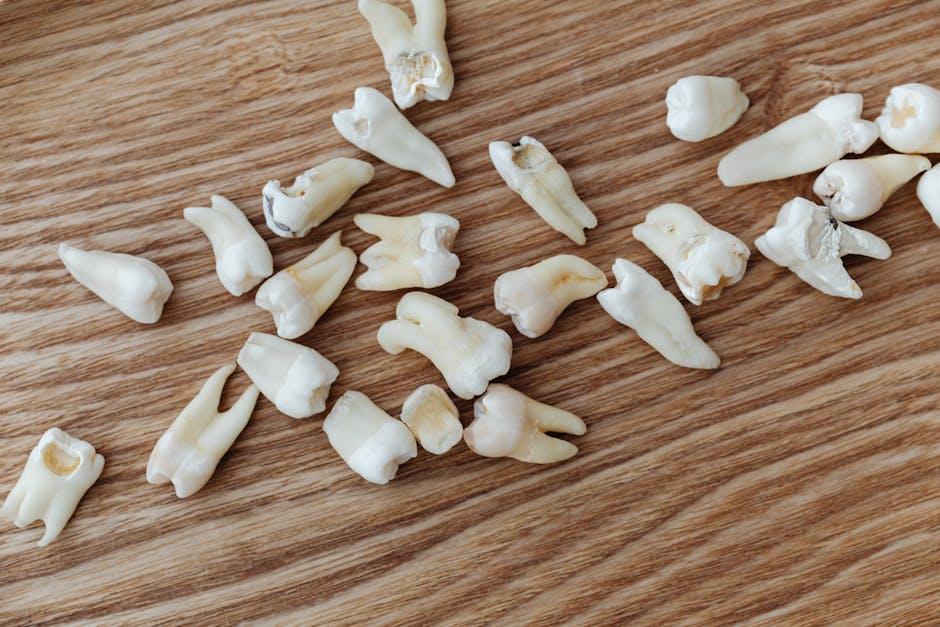
2020 to 2022 Saw Nearly 2 Million Annual Emergency Room Visits for Dental Issues – U.S. News & World Report
From 2020 through 2022, nearly two million Americans per year sought emergency room (ER) care for dental problems, according to a report by U.S. News & World Report. This surge highlights critical gaps in access to routine dental care and raises important questions about how dental issues are managed in emergency settings.
Understanding the Surge in Emergency Dental Visits
Dental emergencies can include a wide range of problems such as severe tooth pain, infections, abscesses, trauma to teeth or gums, and other urgent oral health concerns. The nearly 2 million annual ER visits reflect a steady upward trend driven by various factors, including:
- Lack of dental insurance: Millions of Americans lack dental coverage, pushing them to the ER when painful symptoms arise.
- COVID-19 disruptions: The pandemic limited routine dental appointments, causing untreated issues to escalate into emergencies.
- Limited access to affordable dental care: Low-income and rural populations face barriers to preventive dental services.
- Unawareness of proper dental care: Poor oral hygiene and untreated decay exacerbate dental conditions.
Key Statistics on Emergency Room Dental Visits (2020-2022)
| Year | ER Visits for Dental Issues (Millions) | Percentage Increase from Previous Year |
|---|---|---|
| 2020 | 1.8 | — |
| 2021 | 2.0 | 11.1% |
| 2022 | 1.95 | -2.5% |
These numbers reveal not only the scale but also the persistence of dental emergencies affecting ER overcrowding and healthcare costs.
Common Causes of Emergency Room Visits for Dental Issues
Understanding the root causes can help prevent many of these urgent dental problems:
1. Tooth Abscesses and Infections
Untreated cavities and gum disease can lead to tooth abscesses that create extreme pain and swelling, often requiring immediate ER intervention.
2. Dental Trauma
Accidents, sports injuries, or physical altercations may cause chipped, fractured, or knocked-out teeth necessitating emergency care.
3. Severe Tooth Pain
Unmanaged toothache caused by decay, pulpitis, or cracked teeth frequently drives patients to visit the ER seeking quick pain relief.
4. Swelling and Inflammation
Inflammations from infections may block airways or spread to other parts of the head and neck, creating medical emergencies.
Why Are Emergency Rooms Not the Ideal Setting for Dental Care?
Many people resort to ER care because they lack access to a dentist, but emergency rooms are often not equipped to provide:
- Definitive dental treatment: ER doctors can provide pain relief or antibiotics but rarely perform dental procedures like fillings, root canals, or extractions.
- Long-term dental care: ER visits often address symptoms, not the underlying cause, leading to recurrent emergencies.
- Costly care and resource strain: ER dental visits increase healthcare expenses and burden emergency services.
Practical Tips to Prevent Dental Emergency Room Visits
Prevention is key to reducing dental-related ER visits. Follow these expert tips to maintain optimal oral health and avoid painful emergencies:
- Maintain routine dental visits: Schedule regular check-ups every six months to catch issues early.
- Practice good oral hygiene: Brush twice daily with fluoride toothpaste and floss regularly.
- Seek timely dental care: Address cavities, infections, or injuries promptly before they worsen.
- Use protective gear: Wear mouthguards during sports or physical activities to prevent trauma.
- Know when to visit the dentist vs. ER: Reserve ER visits for severe pain, bleeding, or trauma affecting breathing or swallowing.
- Explore insurance and dental assistance programs: Many states offer programs to improve dental care access.
Case Study: A Patient’s Experience with ER Dental Visit
Jane, a 32-year-old mother of two, delayed her dental check-up due to financial concerns and lack of dental insurance. After weeks of increasing tooth pain, she eventually visited the ER when the pain became unbearable. ER staff provided pain medication and antibiotics, but she was referred to a dentist for a root canal procedure to treat the underlying infection. Jane’s experience highlights the challenge many face where dental issues escalate due to lack of early care and insurance coverage.
The Road Ahead: Improving Access and Awareness
Reducing nearly 2 million annual ER visits for dental problems requires coordinated efforts including:
- Expanding dental coverage through public and private insurance.
- Increasing community dental health programs targeting underserved populations.
- Promoting education on oral hygiene and when to seek dental care.
- Integrating dental care more closely with overall healthcare services.
Conclusion
The alarming statistic from 2020 to 2022—nearly 2 million Americans annually seeking ER care for dental emergencies—underscores the urgent need for improved access to preventive dental care and education on oral health. By understanding the common causes of dental emergencies and taking practical steps, individuals can safeguard their smiles while easing the burden on emergency healthcare systems. Ensuring affordable, accessible dental care remains a priority for public health moving forward.
Stay proactive with your dental health—your smile and well-being depend on it!


